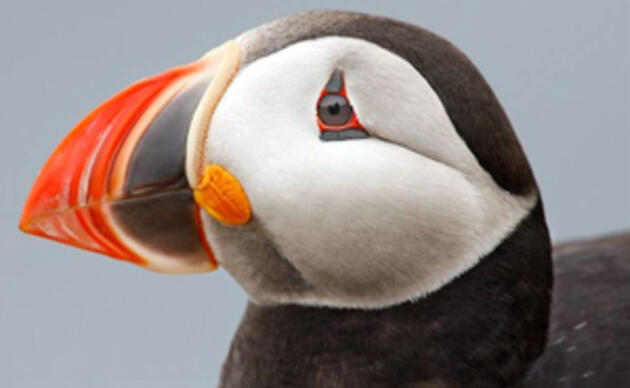Seabird Island News - Vol. 2 - 08 May 2024

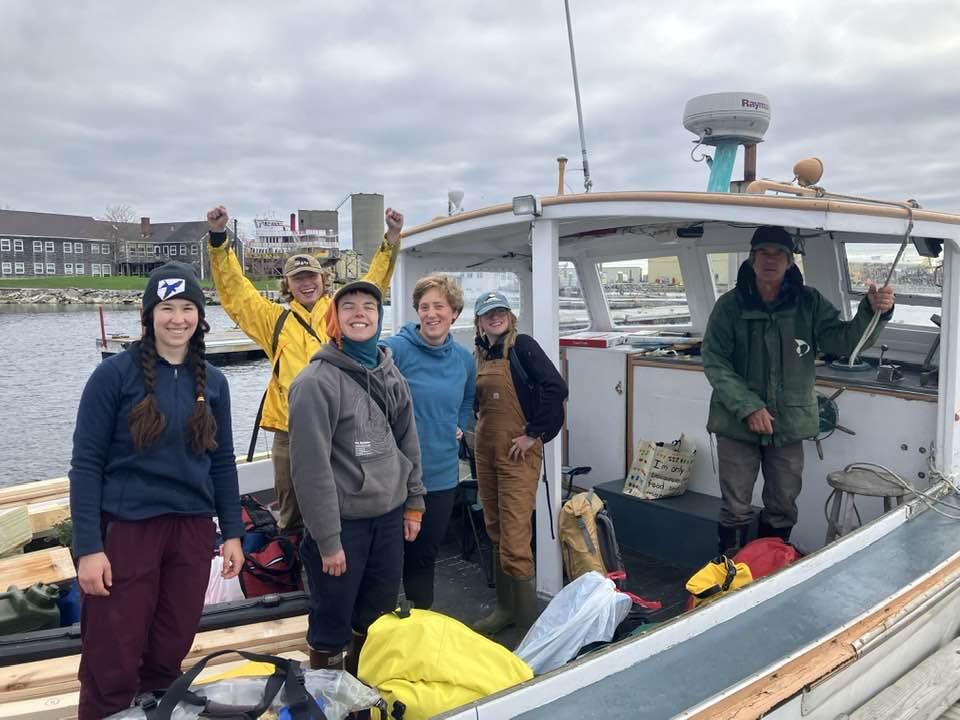
We're Open!
Seal Island National Wildlife Refuge, one of the most remote islands where the Seabird Institute conducts its work and home to the explore.org seabird cams, officially opened on Sunday. Prior to departing the mainland, research staff practiced their carpentry skills before repairing blinds and tent platforms on the islands. New and returning research staff continue to arrive at the Todd Wildlife Sanctuary. Tune in next week to find out what our staff learns during orientation to prepare for their summer on the island.
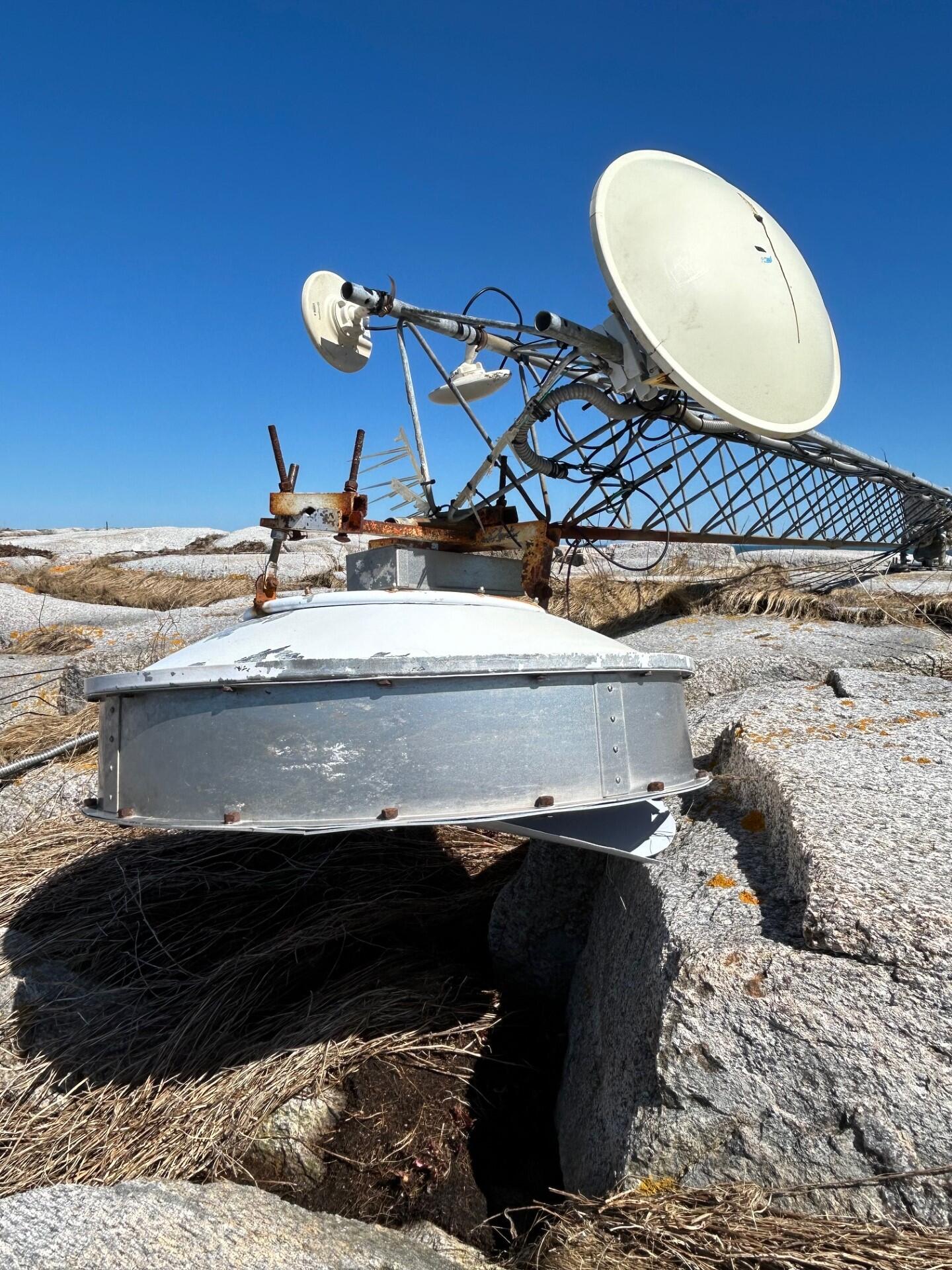
Explore.org
The seabird explore.org live cams are currently offline due to the extensive January storm damage. The devastating winter storms knocked the transmission tower down, cutting off all live service to and from the island. A team from explore.org is headed to Seal soon and will stay until repairs are made, with possibility of a Starlink setup to reconnect the island. We hope to have the cams up and running very soon!
Despite these setbacks for our livestreaming, we’ve received word from teams visiting the islands that puffins have been returning and some may already be nesting! To view past highlights or check if the camera feeds are back online, head over to the seabird cams and join the community: Puffin Burrow Cam, Puffin Burrow (Exterior), Puffin Loafing Ledge, Puffin Boulder Berm, Guillemot Burrow.
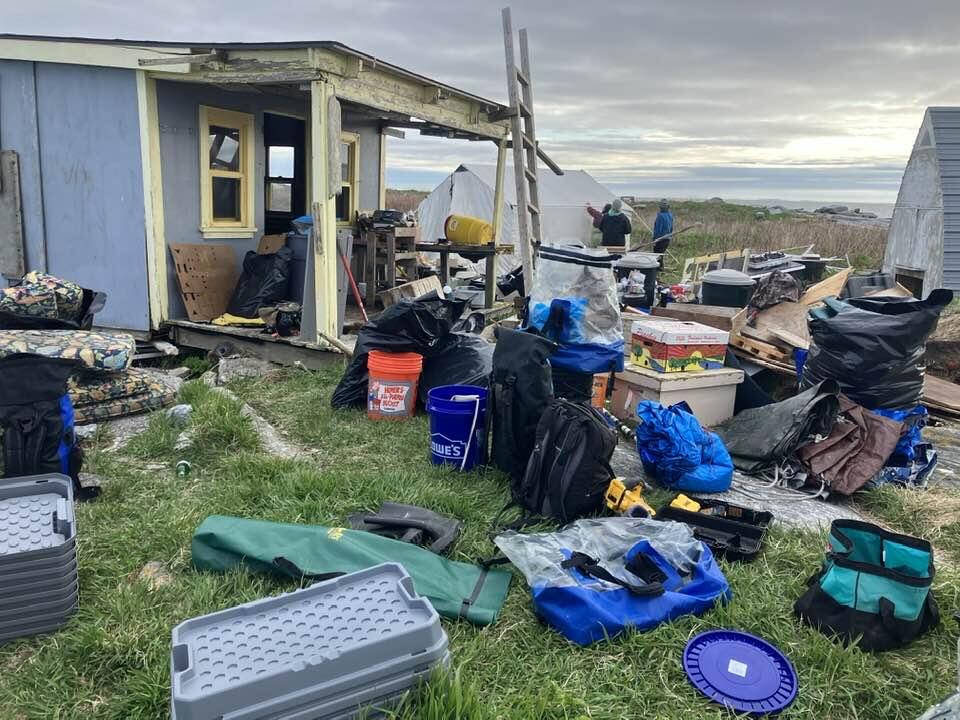
The Great Egg Rock "Hilton" Renovation of 2024
Renovation of the Egg Rock research station, lovingly dubbed "The Hilton," has begun. A tent was erected over the weekend to serve as temporary storage for equipment that is held in the structure during the winter. Key features of the historic structure, including its covered front porch and shallowly sloping roof, will remain intact. Placement of door and the interior layout will likely be modified to better utilize space throughout the structure.
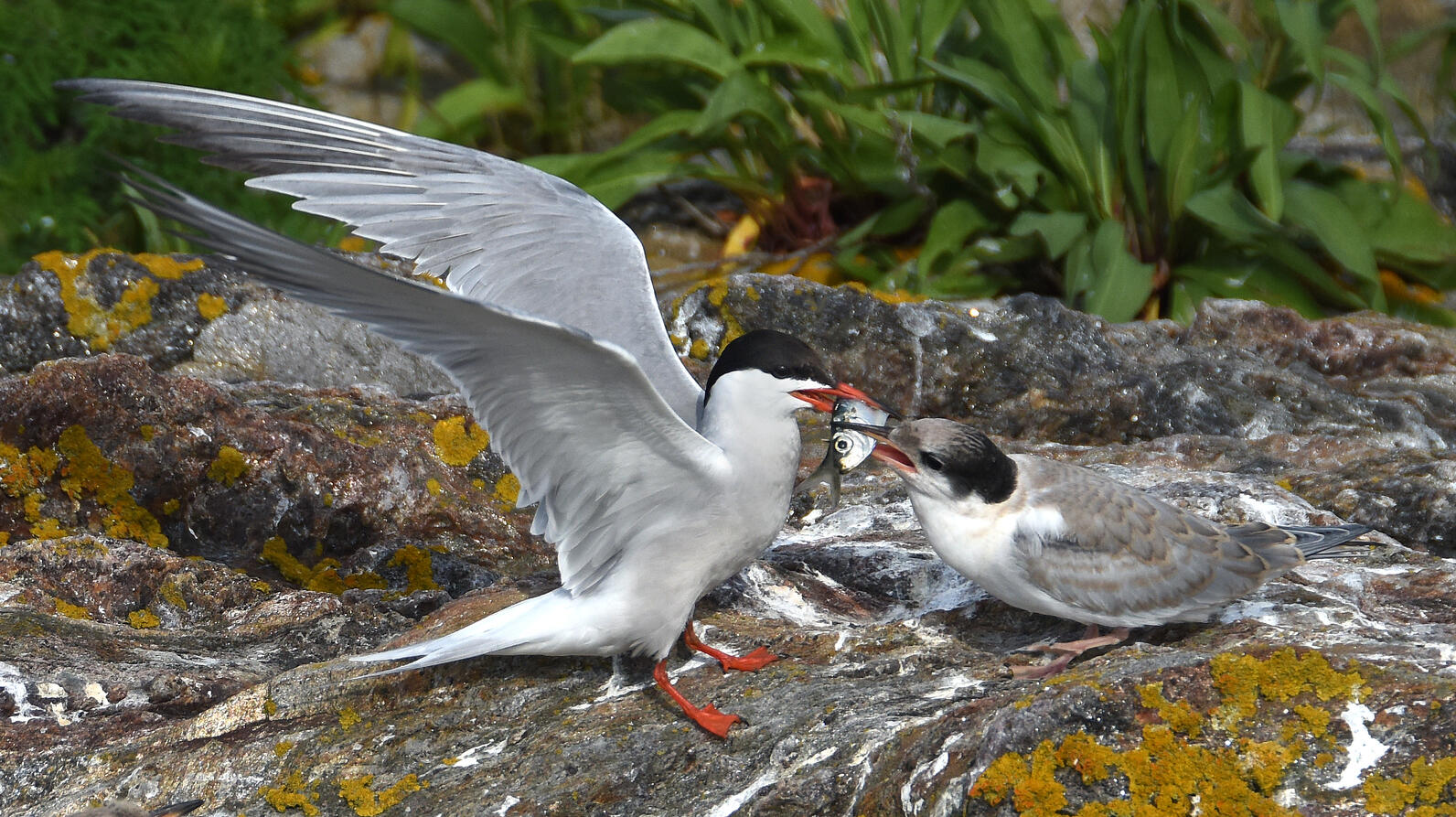
Across the Network
Heroes for Herring
Last month, Director of Conservation Science, Donald Lyons, and Marine Conservation Policy Manager, Romaric Moncrieffe, addressed the New England Fisheries Management Council to advocate for better management of the forage fish seabirds need. Atlantic Herring have historically been the most important forage species for seabirds nesting and feeding along Maine’s coast. Riving herring species, like alewives, are also important prey for seabirds and other coastal waterbirds. Forage fish protections are vital measures that can have big impacts for birds. Read more about some current issues here.
Finding Friendship and Connection in Mid-Coast Maine
Around the world and including Canada’s Boreal Forest Region, Indigenous governments and communities are reaffirming the ancient human land stewardship ethic. Support of the Land Needs Guardians campaign has increased the number of Indigenous Guardians that now care for lands and waters across Canada. In this recently published blog, Chaz Collier, a Land Guardian for the Seal River Watershed Alliance, recounts how he found birding and friendship at Hog Island Audubon Camp last summer.
To learn more about the Guardians program, watch this exciting video.
For additional news, please visit the Seabird Island News index page.
Learn about birds and take action
Adopt-A-Puffin
Adopt now and receive a Certificate of Adoption, along with a biography of "your" puffin!
Visitor Center
The Project Puffin Visitor Center (PPVC) is located at 311 Main Street in downtown Rockland, Maine. The center opened its doors officially on July 1, 2006.


